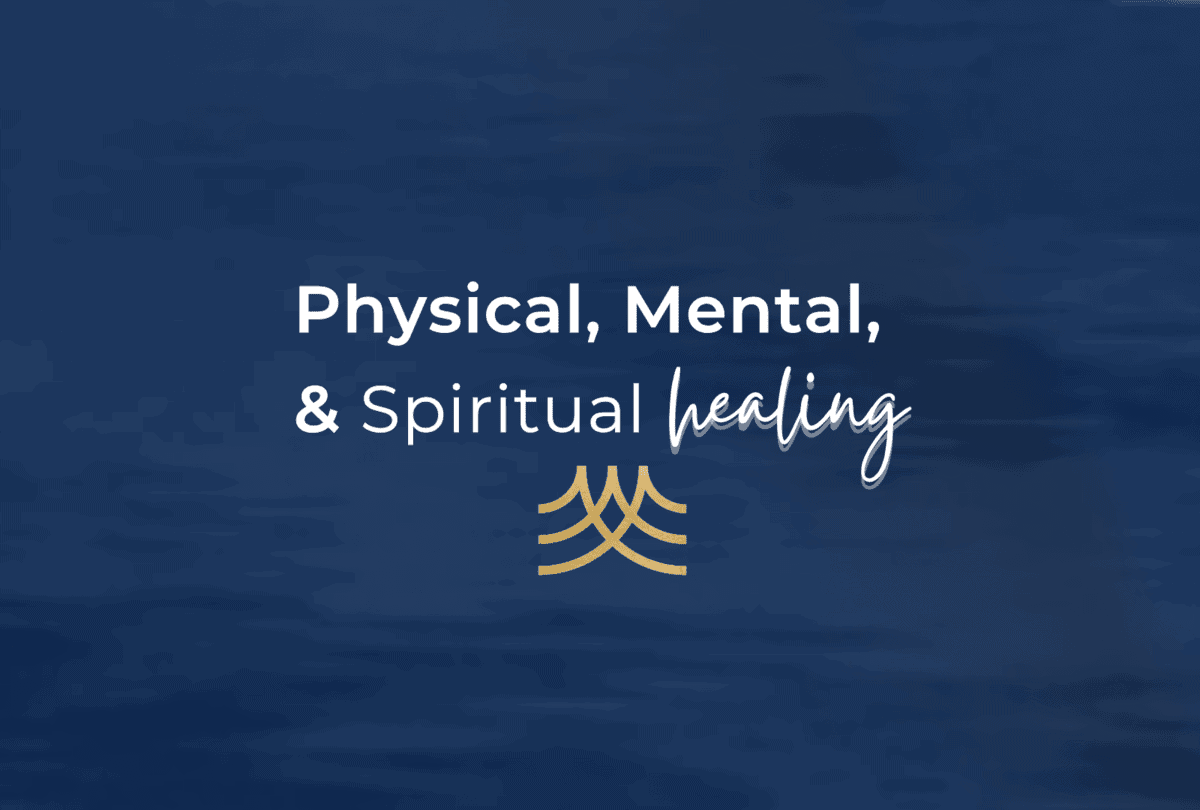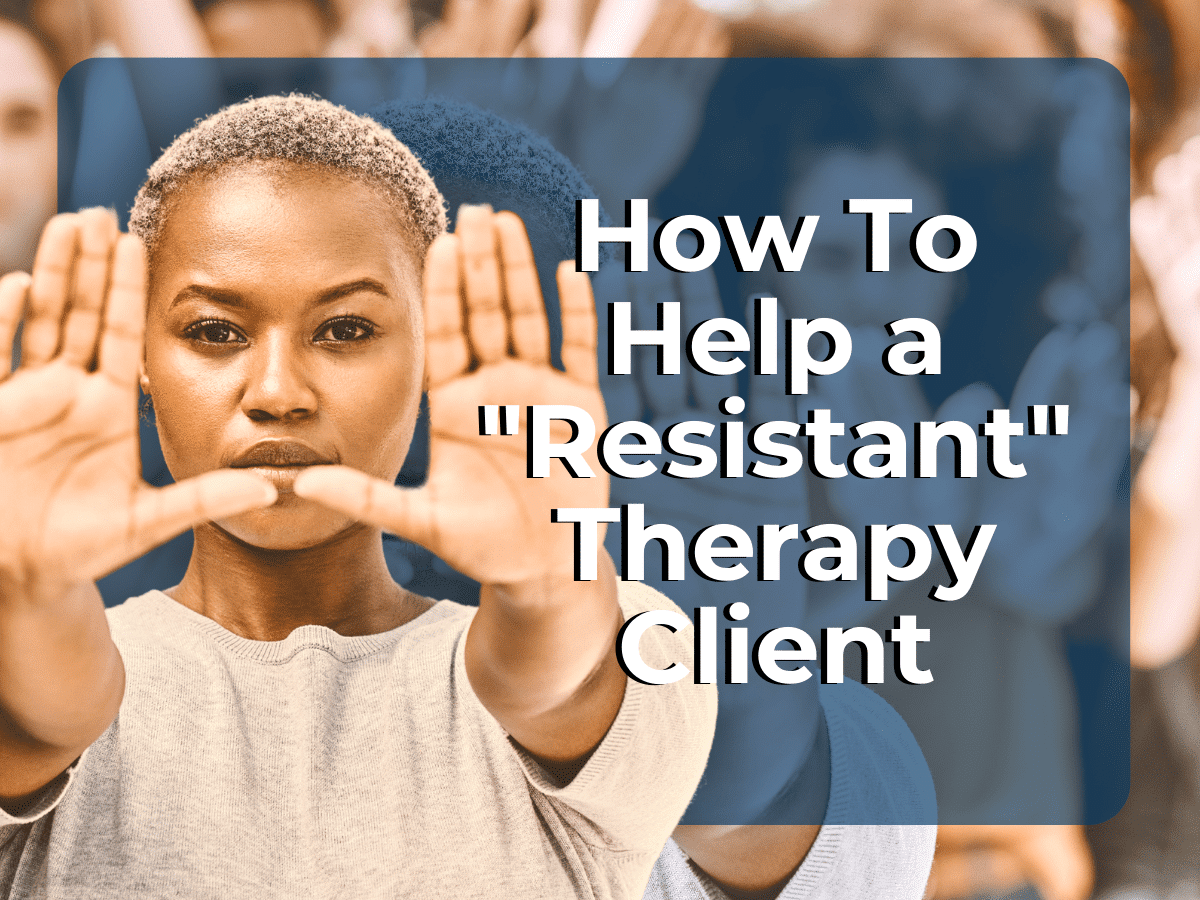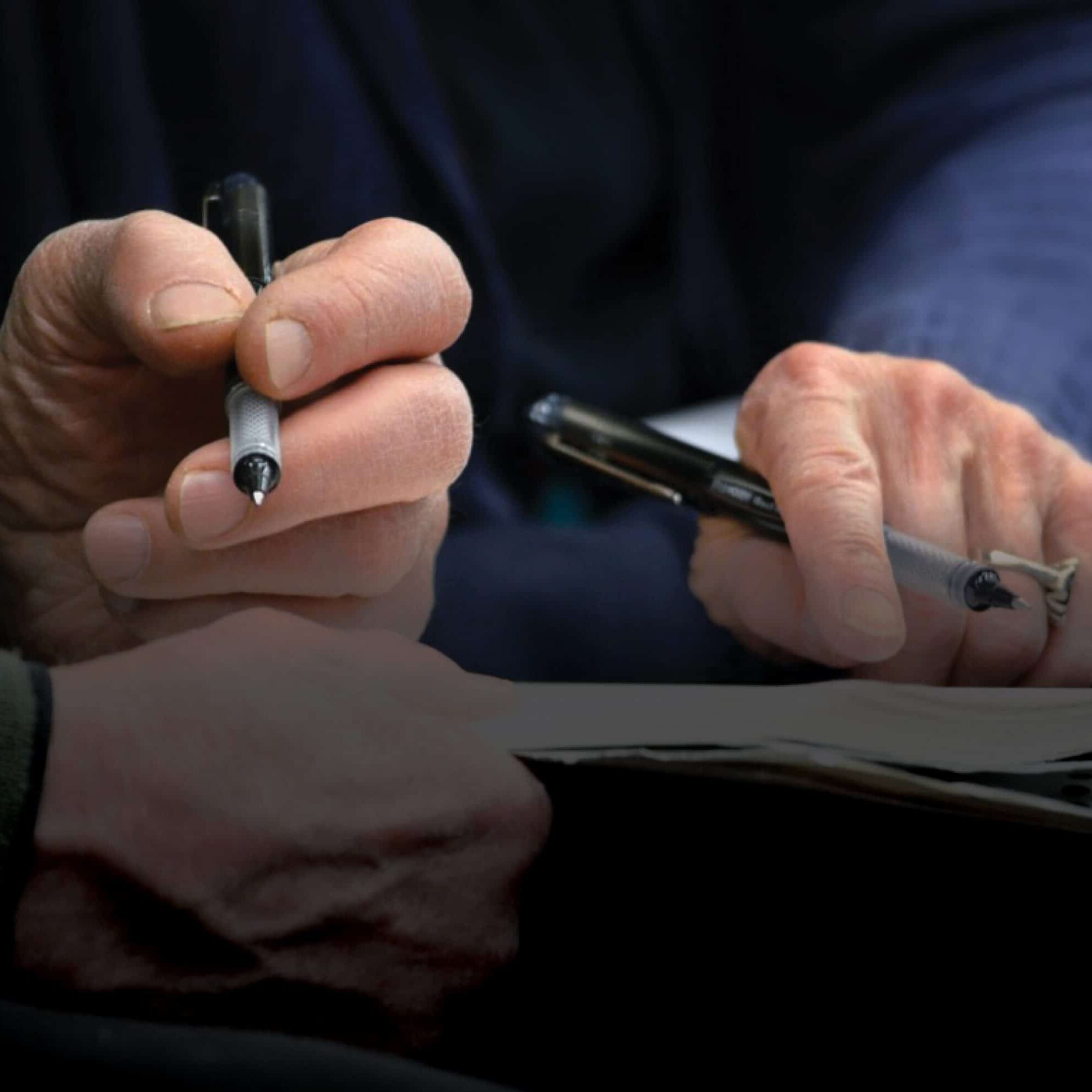Alongside our enriching online therapy courses, we proudly presented the much-anticipated annual 2023 Wise Therapy Spotlight publication -a compilation of profound essays and captivating artwork from our esteemed psychotherapy training community. We extend our sincere gratitude to all contributors who shared their insights and talents, making this publication a true testament to the brilliance within our community.
A special congratulations to our featured authors! Your responses to the pivotal question, “How, as a community, do we repair a sick world when it is anguished with mental suffering?” have left us inspired.
If you’re interested in downloading the full Wise Therapy Spotlight December 2023 Issue, Click to Download the PDF now.
Physical, Mental, and Spiritual Healing Strategies: One Person at a Time
Jacqualyn F. Green, PhD, LCSW, LMFT
In my work as a therapist in private practice for more than 30 years, surprisingly, significant changes have been noticed in clientele during the past 4 years. Following the pandemic, my practice, which has catered to women and people of color has changed because of a greater demand for service, and an enhanced level of stress reported among those seeking help. “I’m not good enough,” “I can’t do anything right,” “I deserve the negativity that comes my way,” or “It’s my fault that I am treated like this,” are typical statements expressed by those seeking help. While these statements may not be new, these phrases are often accompanied by a much more profound level of despair and hopelessness.
Mental suffering appears pervasive in a world where excessive violence, uncertain health and safety concerns, unpredictable viruses, and economic challenges appear to be the norm. Some of these conditions were exposed and exasperated by the pandemic, which revealed a multitude of pre-existing inequities. Consequently, many suffered from collective trauma, direct and indirect, by witnessing or journeying into unknown and unforeseeable territory. According to the U.S. Department of Health and Human Services’ Office of Minority Health, African Americans are disproportionately represented among poverty populations and reports of serious psychological distress in low-income populations double those of U.S. adults who enjoy greater financial security (2019).
Numerous factors may have contributed to the increase in clients desiring services and the elevated stress level. The unnatural situation imposed on sequestered individuals and families during the pandemic was undoubtedly a contributing factor. Many lost family members, jobs, predictable health, and uncertainty in a variety of areas overruled security. Social media and the ability to photograph events by phone has given us a snapshot of some prevailing injustice. Following the atrocity of George Floyd, the public appeared to be cognizant of this horrific act for a moment, however, Black Lives Matter T-Shirts and marches have not changed the outcomes for many downtrodden and impoverished people. That hopefulness was followed by a letdown of disastrous proportions.
At a time when these challenges seem to escalate, fewer resources exist, both financial and human capital, to address these concerns. What happened? Many did not return to work following the pandemic. Others who are employed seem to lack the disposition to adequately address the multitude of existing problems. Still, others are stretched far beyond their means by an inability to maintain balance. In this instance, all might benefit from the Six F’s Framework (2017) developed for the Marine Corps leadership program that I have modified for my practice. This useful tool for both clients and therapists involves intentionality in the following areas: (1) family, (2) friends, (3) faith, (4) fun, (5) fitness, and (6) finding purpose.
The pandemic and social media may have also resulted in some positive outcomes. The availability of Zoom services may have appeared more appealing to those reluctant to attend therapy in an office setting. The privacy afforded to those seeking help without leaving one’s residence may be preferable. Another significant factor may be disclosures made by some super stars like Taraji P Henson, Kerry Washington, Halle Berry, Gwyneth Paltrow, Jay Z, Michael Phelps, and Brandon Marshall regarding seeking counseling services. Their openness regarding participating in therapy may have reduced some of the stigma about seeking help. Mental health issues that have traditionally been hidden are now more openly acknowledged.
Where do we begin to make a difference? How do we repair the devastation that exists? What strategies may be effective in working with distressed clients and how can we accommodate the needs of therapists while expanding culturally responsive services to those seeking help?
I. Strategies for Clients
Distress takes a toll on an individual in a myriad of ways, including physical, mental, and spiritual issues. Consequently, an assortment of physical, mental, and spiritual practices has proven effective in my work with clients. A variety of physical, mental, and spiritual strategies are presented in an effort to address the impact that conditions of depression, overwork, stress, anxiety, and inequities may take on an individual.
Physical Strategies
Deep Breathing
One approach that is gaining additional attention is deep breathing. This may serve to diminish the level of stress while allowing the client to think more strategically regarding a given situation. One of my favorite exercises 4-7-8, is considered pranayama, (an ancient yogic practice of controlling your breath). The 4-7-8 breathing technique was developed by Dr. Andrew Weil (2022). The three-step process involves breathing through the nose to the count of 4 seconds, followed by holding the breath for 7 seconds, then releasing breaths through the mouth for the count of 8 seconds. Participants repeat this three-pronged activity three times. Most report feeling calmer, more relaxed or centered following the exercise. This attention to the fight or flight response allows individuals to slow thinking or actions and demonstrate additional intentionality regarding responses. This mindful activity may help to build up a cushion or reserve energy to deal with stress or to possibly prevent a more intense stress response from occurring.
Exercise
Exercise has numerous benefits for individuals. A physician consult is recommended before suggesting that a client begin an exercise program. Medical intervention may be helpful in addressing some of the distress noted. Clients often neglect physical symptoms until they become unbearable. Any unidentified limitations or challenges may be identified. Exercise contributes to the release of endorphins and serotonin, which are mood elevators. Exercise may assist an individual’s sense of accomplishment when incorporating activities to feel fit. Exercise can also serve as a distractor which can assist one in shifting their focus to positive things. Often “new exercisers” select an activity they do not like, with a plan to participate in at a time that is inconvenient, which eventually leads to them giving up. It is helpful to encourage participants to experiment with a variety of activities to determine what seems most enjoyable or beneficial. Vocabulary may also have an impact. Some have negative associations with the term “exercise” and are reluctant to use the word. Terminology such as movement or activity may be more appealing and could encourage participation in a selected plan.
Mental Strategies
HALT
Awareness of how we might strengthen ourselves or increase vulnerabilities is beneficial. The HALT program is a helpful tool for considering individual strength and vulnerability. HALT stands for hungry, angry, lonely, or tired. The HALT System is a staple in recovery programs. The military has used the HALT system to break down prisoners of war or those held captive. Unfortunately, these actions mirror how we might also break down ourselves. Paying attention to the HALT measures could help us avoid destructive tendencies.
Using the military example, prisoners, enemies may be rationed with extremely limited amounts of food, resulting in people being H-hungry. Pictures or belongings may be destroyed resulting in A anger. Those being held captive may also be isolated, contributing to L loneliness and may repeatedly be awakened during the night- lending to fatigue or being T tired. It’s important to honor one’s self, particularly during difficult times by avoiding those things – not get too hungry, angry, lonely, or tired. This builds reserves to assist one in taking on the other challenges that may be looming.
The Emotional Bank Account
How we treat ourselves affects our mental functioning. It is an aspect of self-care. Consider an emotional bank account, similar to a physical bank account which can be depleted from too many withdrawals or made substantial with numerous deposits. Setbacks can serve as withdrawals in an emotional bank account. This could include negative experiences or people. Deposits might consist of positive behaviors, experiences, or people. It is beneficial to identify which behaviors, practices, or people result in deposits and recognize those that result in withdrawals. Just as with bank accounts, it is preferable to have more deposits than withdrawals.
Positive affirmations
Often distressed people think only of worse case scenarios. This may pertain to a situation they are facing or negative thinking about themselves. Individuals are encouraged to replace that negativity with positive thoughts. In this way one can reprogram their thought process. Some are able to create a list of affirmations, identifying messages they would like to have received in the past, as children, or currently, as adults. For others, the provision of a list of positive phrases to select from may be useful to expand their thinking.
Intentional Connections
Time with supportive people is another strategy that might contribute to more positive thinking. It is important to evaluate the human connections in one’s circle. Determine which individuals may be encouragers or supporters and which might be dumpers or discouragers. It is advantageous to identify people with positive goals or success in an area of focus or interest.
Laughter
Laughter has numerous health benefits. Stress hormones may be reduced when laughter occurs. In addition to relaxing muscles, laughter may also enhance the immune system. Laughter may aid in improving mood. Individuals may need to examine what they put into their body, mind, and spirit. Choices made may serve as mood elevators or downers. A review of movies, podcasts or videos watched, books read, or favorite songs listened to might be informative.
Spiritual
Spiritual strategies shared here come primarily from my publication Spiritual Resilience: Survival Strategies for African Americans (2005). A dominant message from this book is to be as intentional regarding any plans for spiritual growth as one might be for health, exercise, or relationship goals. Time with self, deep breathing, and/or journaling have been useful for those experiencing stress, depression, or anxiety, seeking to experience a deeper spiritual connection.
Silence
Silence may contribute to inner peace and calmness. Making space for quiet times and reflection may reduce stress and anxiety. Often, we become preoccupied with busy-ness. E-mails, text messages and other alerts are at our fingertips. Social media and instant messaging have significantly challenged our ability to remain still. Access to the internet, television or radio is available 24/7. Some desire having noise at all times in their home. This preference can even permeate plans for sleeping. Constantly being “tuned in” can interfere with our ability to problem solve or reflect upon learnings or experiences.
Nature
Another avenue for spiritual connection may be time in nature. Some experience a stronger spiritual connection when they spend time outdoors. While some may benefit from a connection with water. Proximity to oceans, lakes, streams, or even ponds may facilitate a sense of inner peace. For others the thrill of a mountainous area may bring calmness. Still others may prefer being among trees or foliage in the woods. It may be helpful to experiment in a variety of settings to determine which environment may be most calming or comfortable
Meditation
Relationship with God or a higher power can be an asset to those interested in that connection. Meditation may have a spiritual focus or may be used to embrace positive principles and practices. Meditation encourages connectedness with the body which is a key element in trauma recovery. A quote by Zadav (2020) suggests that meditation is the doorway to spirituality. Meditation may assist one in developing patience. Patience with self is the foundation for patience with others.
II. Strategies to Increase Culturally Responsive Service Providers and Services Available
Those entering the counseling field will best serve clients with proficiency in cultural competence. Cultural competence is an evolving field that requires an awareness, understanding and appreciation of differences. Another key area is cultural humility which invites service providers to adopt an additional lens – that of looking within, with a realization of what the therapist brings to the counseling arena. How one might be perceived by others is just as important as knowledge of diverse cultures.
While service providers from any culture may be culturally responsive, it is also important to increase the number of therapists of color. To meet the needs of those who prefer to work with someone from their cultural group (ethnic, gender, gender identity, age, etc.…), it is important to increase the number of therapists representing different cultures. To accomplish this, both intentionality and proactivity are necessary. When wearing my hat as a diversity consultant, I often hear “we can’t find any qualified therapists.” My first question is typically— “Where have you looked?” Traditional measures will not result in finding the unique populations that may be sought. Community Colleges, HBCU’s and other culturally specific programs may increase the diverse pool available.
Recruitment is an important part of the equation; however, retention of diverse staff requires additional measures which may include Employee Resource Groups (ERG’s). mentorships, or periodic measures to ascertain employee needs and satisfaction levels. My consulting work with several organizations supports the development of Diversity Councils or Diversity, Equity, Inclusion and Justice Committees to assist companies in recruiting, valuing, and retaining diverse service providers. To recruit and maintain additional therapists, several areas warrant consideration, including reducing stress levels in practitioners. A recent Gallup Poll (2023) identified several ways to reduce the level of stress in employees in 2024. Helping employees to feel engaged in the workforce makes a positive difference. Ongoing training opportunities are also sought by those in the workplace. Other policy considerations such as flexibility in work hours, salary increases, and transparency in methods for working up the ladder may impact the numbers recruited or retained in the workplace.
A myriad of approaches are necessary to address existing suffering in this wounded world. Physical, mental, and spiritual strategies are posed in this article, as well as specific challenges in responding to the needs of diverse populations, particularly, African Americans. Several recruitment and retention recommendations are offered for consideration to increase the numbers of therapists and those culturally responsive as well as individuals representing diverse cultures, The success experienced by clients is a result of individualized approaches coupled with ongoing research regarding best practices and culturally relevant techniques. Continued learning by service providers and clients is a critical element that lends to healthy outcomes- one person at a time.
Selected References:
Gallop Poll (2023). Helping Employees Cope with Stress. Available on Line:
https://www.gallup.com/workplace/509726/help-employees-cope-stress.aspx
Green, J.F. (2005). Spiritual Resilience: Survival Strategies for African Americans. Indiana: Green Enterprizes Publications.
Marine Corps (2017). The six functional areas of marine corps leadership development. Available on Line https://www.usmcu.edu/mcld-6-fs/
U.S. Department of Health and Human Services Office of Minority Health (2019).
https://minorityhealth.hhs.gov/mental-and-behavioral-health-african-americans
Weil, A. (2022). Three Breathing Exercises and Techniques. Available on Line: https://www.drweil.com/health-wellness/body-mind-spirit/stress-anxiety/breathing-three-exercises/Yavad, P. (2020) What are spirituality and meditation? Is there any difference. Available on line: https://medium.com/the-kickstarter/what-are-spirituality-and-meditation-is-there-any-difference-d23adfdfd637
If you would like to be inspired by more of the essays and artwork published in the Wise Therapy Spotlight December 2023 Issue, Click to Download the PDF now.





